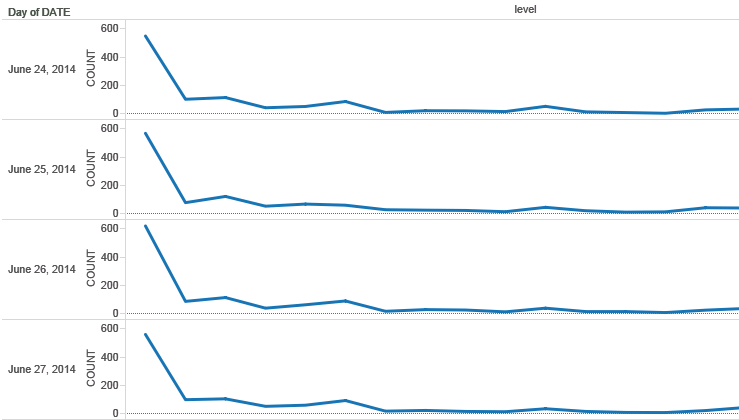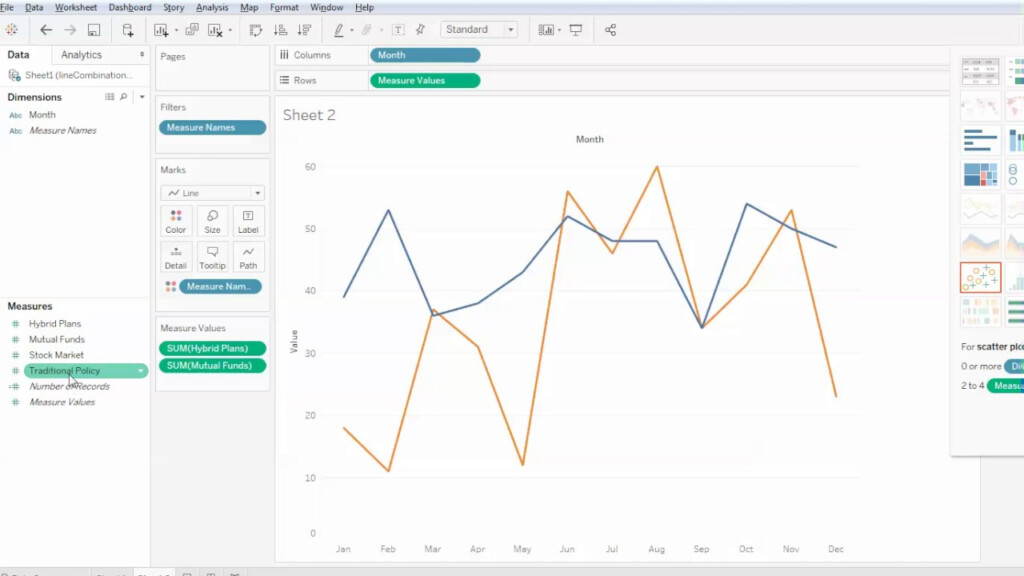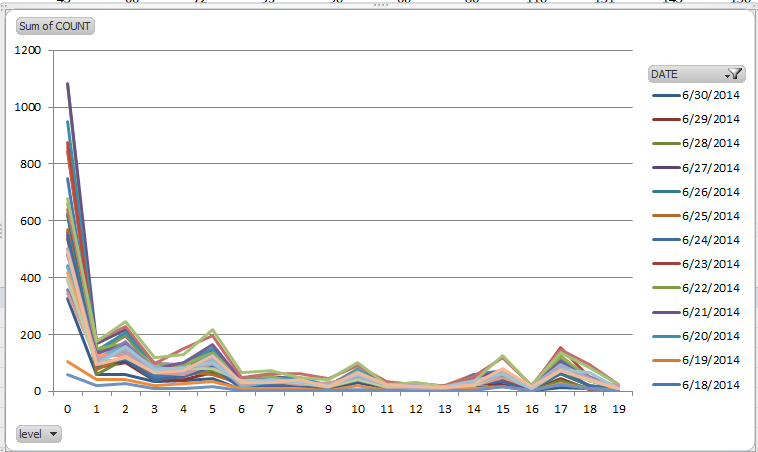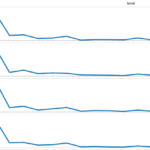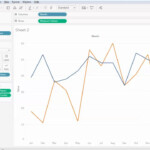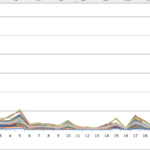Tableau Join Multiple Line Charts – The Multiplication Graph or chart Collection might help your pupils aesthetically represent a variety of early arithmetic principles. It must be used as a teaching aid only and should not be confused with the Multiplication Table, however. The graph or chart is available in three types: the colored model is effective as soon as your student is centering on one times dinner table at one time. The vertical and horizontal versions are compatible with children that are still learning their instances furniture. If you prefer, in addition to the colored version, you can also purchase a blank multiplication chart. Tableau Join Multiple Line Charts.
Multiples of 4 are 4 far from each other
The design for identifying multiples of 4 is always to add more every number to alone and look for its other a number of. As an illustration, the initial 5 multiples of 4 are: 16, 8, 12 and 4 and 20. This trick works because all multiples of a number are even, and they are four away from each other on the multiplication chart line. Moreover, multiples of four are even numbers naturally.
Multiples of 5 are even
If they end in or 5, You’ll find multiples of 5 on the multiplication chart line only. To put it differently, you can’t increase a quantity by two or three to obtain a much quantity. You can only find a multiple of five if the number ends in five or ! Luckily, there are tricks that can make locating multiples of five even easier, like making use of the multiplication graph or chart collection to get the a number of of five.
Multiples of 8 are 8 far from one another
The pattern is obvious: all multiples of 8 are two-digit amounts and all multiples of several-digit numbers are two-digit figures. Each and every selection of 10 contains a numerous of 8. Eight is even, so all its multiples are two-digit numbers. Its routine persists approximately 119. When you can see a quantity, be sure you choose a numerous of 8 in the first place.
Multiples of 12 are 12 clear of one another
The telephone number a dozen has infinite multiples, and you can multiply any whole number by it to make any quantity, which includes on its own. All multiples of a dozen are even amounts. Below are a few good examples. James likes to purchase pens and organizes them into 8 packages of twelve. He has 96 pencils. David has certainly one of each type of pencil. In the place of work, he arranges them on the multiplication graph or chart range.
Multiples of 20 are 20 far from each other
From the multiplication graph or chart, multiples of 20 or so are typical even. If you multiply one by another, then the multiple will be also even. Multiply both numbers by each other to find the factor if you have more than one factor. For example, if Oliver has 2000 notebooks, then he can group them equally. The identical relates to pencils and erasers. You can get one in a package of a few or even a package of 6.
Multiples of 30 are 30 far from each other
In multiplication, the expression “component match” identifies a small grouping of figures that develop a definite variety. For example, if the number ’30’ is written as a product of five and six, that number is 30 away from each other on a multiplication chart line. This is also true for any amount from the collection ‘1’ to ’10’. In other words, any quantity might be published since the item of 1 and on its own.
Multiples of 40 are 40 from each other
You may know that there are multiples of 40 on a multiplication chart line, but do you know how to find them? To achieve this, you can add from the outside-in. As an example, 10 12 14 = 40, and so on. Likewise, 10 8 = 20. In this instance, the quantity about the still left of 10 is undoubtedly an even quantity, as the 1 in the correct is an strange quantity.
Multiples of 50 are 50 far from one another
Using the multiplication chart series to look for the amount of two figures, multiples of 50 are exactly the same length aside on the multiplication graph or chart. They may have two excellent 80, 50 and factors. For the most part, each term varies by 50. Other element is 50 on its own. Listed below are the common multiples of 50. A frequent a number of is the multiple of your given number by 50.
Multiples of 100 are 100 away from one another
Allow me to share the different phone numbers that happen to be multiples of 100. A positive set is actually a numerous of just one hundred or so, while a negative set can be a numerous of ten. These two types of numbers will vary in numerous techniques. The first strategy is to split the number by successive integers. In this case, the number of multiples is a, thirty, twenty and ten and 40.
